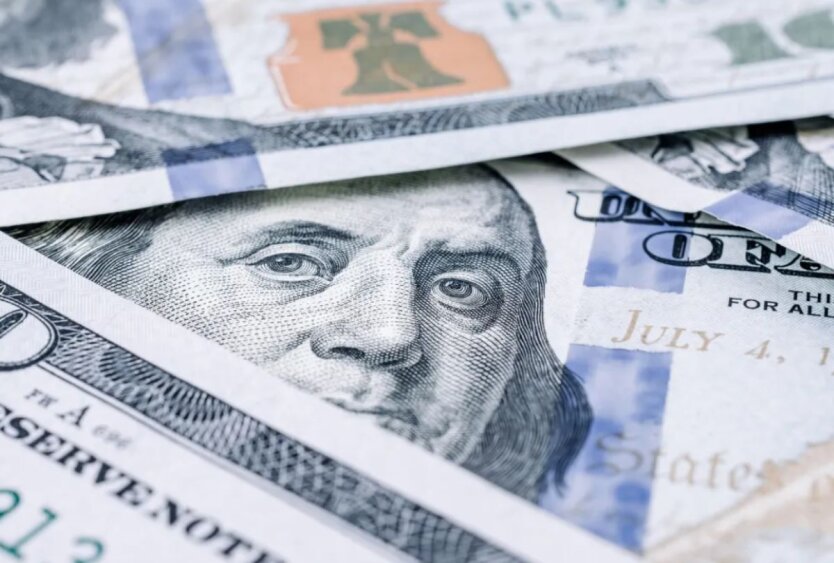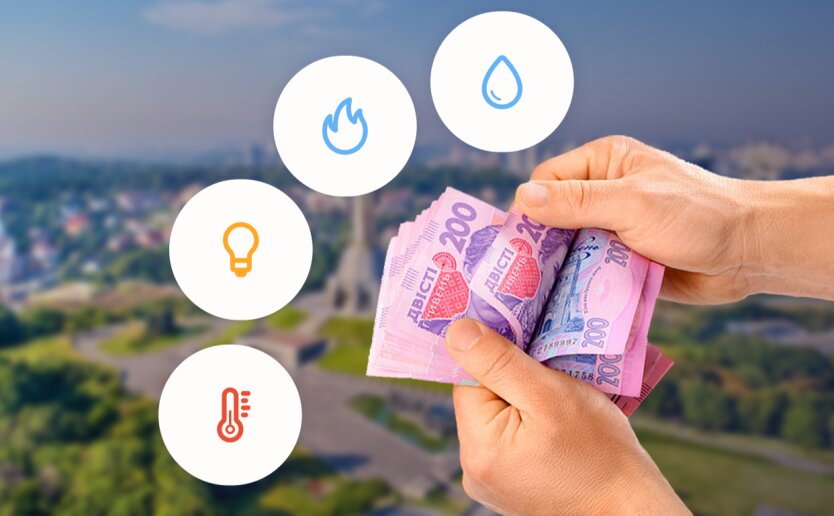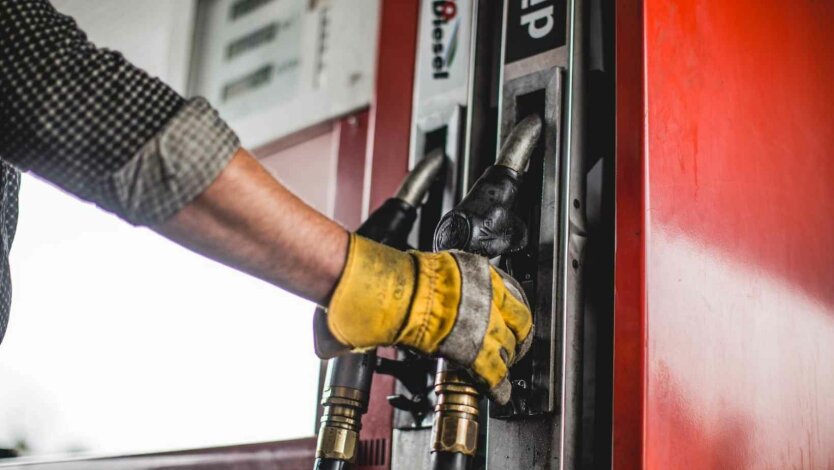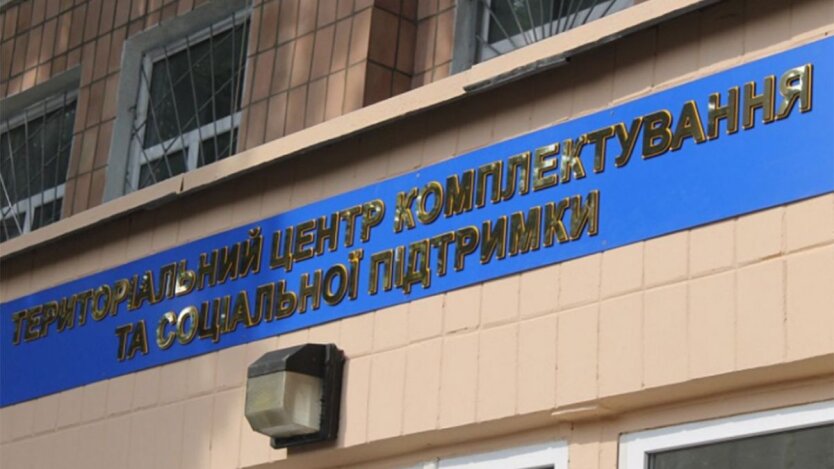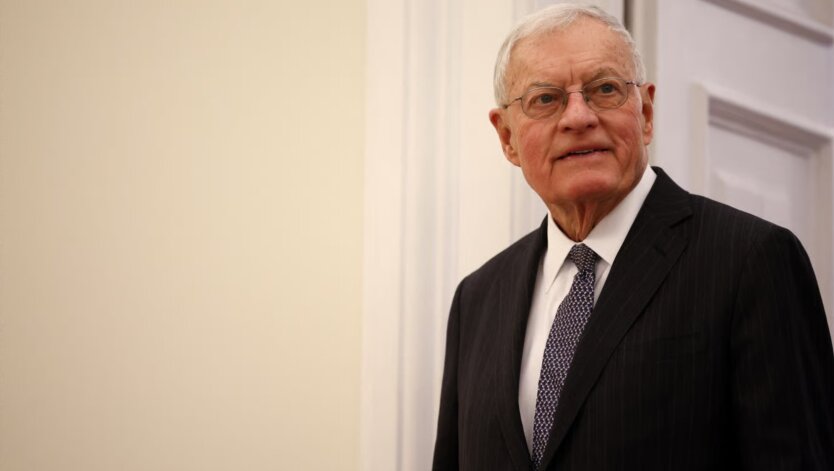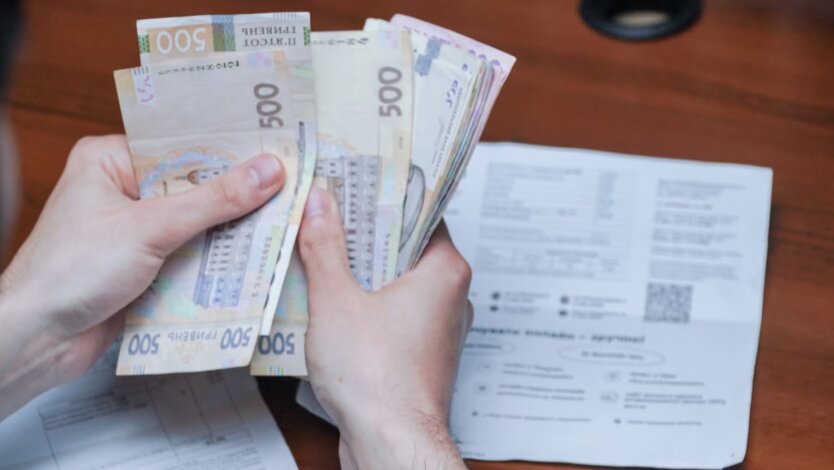Services in Diia Will Become Paid: What Ukrainians Will Have to Pay for Starting June 1.


The Ministry of Digital Transformation Plans to Monetize New Services in the 'Diia' Application
According to data provided by 'Khvylia' from a Forbes article, starting June 1, there will be paid services in the 'Diia' application. The first paid feature will be document exchange for banks, and in the future, it is planned to make the 'Diia.Signature' service for companies a paid service.
Oleksiy Vovk, the head of the 'Diia' implementation team, reported that the Ministry is preparing to launch an electronic identification system Diia.OAuth. This will allow partners to identify users through the Diia Portal.
Financial institutions will pay 21,617 hryvnias for connecting to the service, and then 9.8 hryvnias for each successful document operation
Oleksiy Vovk also noted that more than 1.3 million document exchange operations take place through the 'Diia' application every month. Various partners, such as banks, insurance companies, payment systems, and others, are ready to integrate this service.
It was also previously announced that AI would be implemented in the 'Diia' application.
Expanding the wide range of services in the 'Diia' application could significantly ease the procedures for document exchange and online signing, simplifying life for businesses and citizens. The introduction of new paid services may make the application more competitive in the market and provide additional opportunities for participants.
Read also
- Catch everyone when attempting to exchange 100 dollars: Ukrainians warned about possible troubles
- 'There is no market': Popenko criticized the plans for a sharp increase in gas and electricity tariffs
- Gas Station Prices Updated: Drivers Named the Region with the Most Expensive Gas
- Russia attacked military recruitment centers in Kremenchuk: the Armed Forces named the main target of the strikes
- Kellogg praised Trump's phone call with Zelensky
- Utility Tariffs as Hidden Taxes: Expert Reveals Scheme Where the Money for Utilities Really Goes

